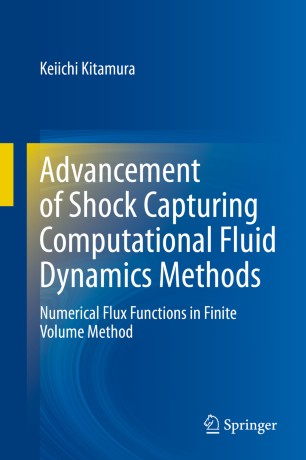

Most ebook files are in PDF format, so you can easily read them using various software such as Foxit Reader or directly on the Google Chrome browser.
Some ebook files are released by publishers in other formats such as .awz, .mobi, .epub, .fb2, etc. You may need to install specific software to read these formats on mobile/PC, such as Calibre.
Please read the tutorial at this link: https://ebookbell.com/faq
We offer FREE conversion to the popular formats you request; however, this may take some time. Therefore, right after payment, please email us, and we will try to provide the service as quickly as possible.
For some exceptional file formats or broken links (if any), please refrain from opening any disputes. Instead, email us first, and we will try to assist within a maximum of 6 hours.
EbookBell Team

4.3
18 reviewsThis book offers a compact primer on advanced numerical flux functions in computational fluid dynamics (CFD). It comprehensively introduces readers to methods used at the forefront of compressible flow simulation research. Further, it provides a comparative evaluation of the methods discussed, helping readers select the best numerical flux function for their specific needs.
The first two chapters of the book reviews finite volume methods and numerical functions, before discussing issues commonly encountered in connection with each. The third and fourth chapter, respectively, address numerical flux functions for ideal gases and more complex fluid flow cases— multiphase flows, supercritical fluids and magnetohydrodynamics. In closing, the book highlights methods that provide high levels of accuracy.
The concise content provides an overview of recent advances in CFD methods for shockwaves. Further, it presents the author’s insights into the advantages and disadvantages of each method, helping readers implement the numerical methods in their own research.